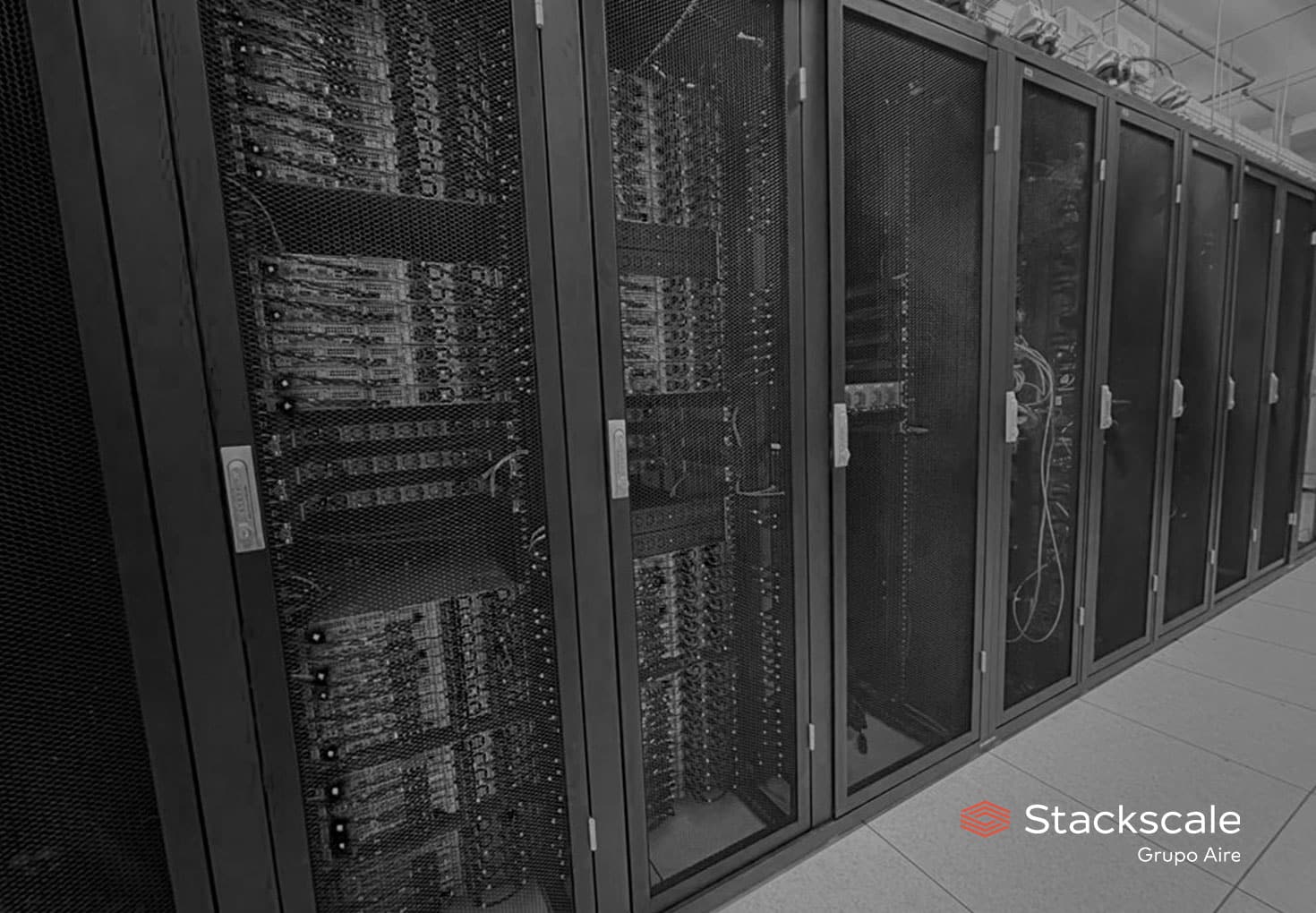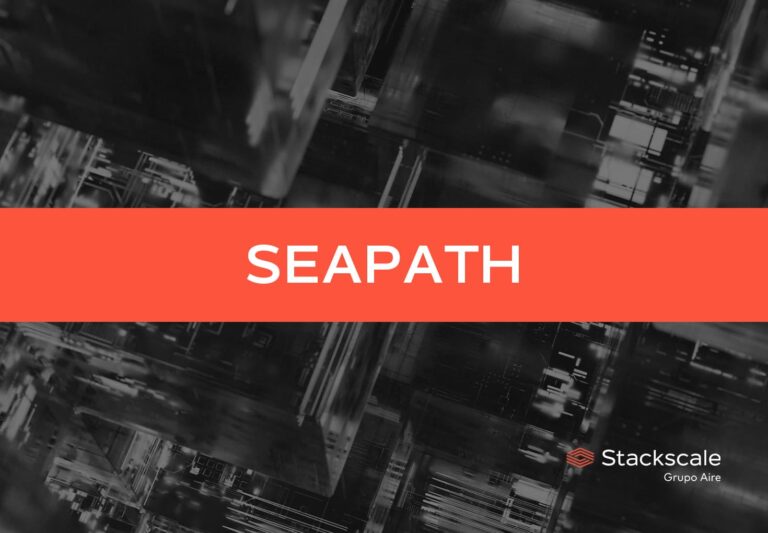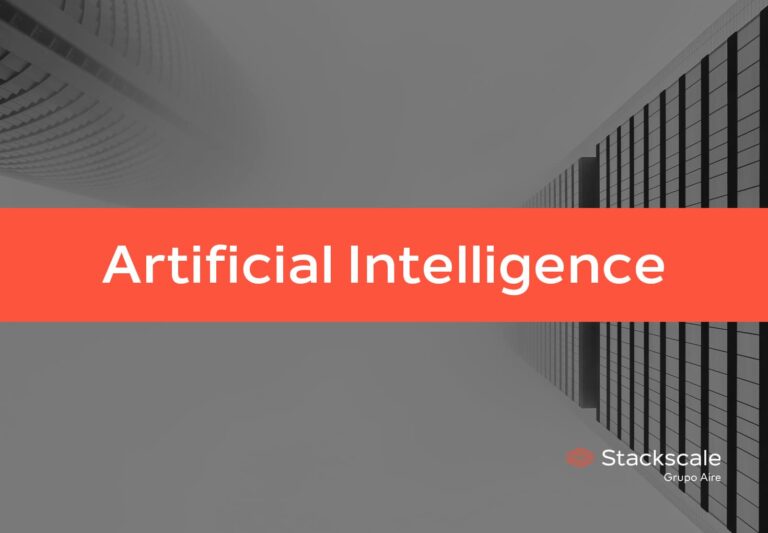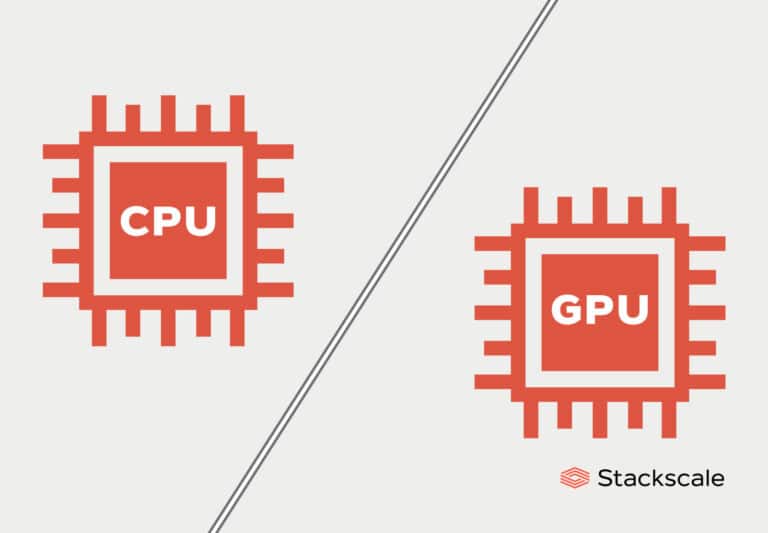A Data Center or Internet Data Center is a facility where an organization or a service provider centralizes their necessary computing resources.
The term “data center” has become very common due to the role it plays in many of our daily activities. Most of the data we receive and send through our mobile phones, tablets and computers ends up stored in these data centers — which many people refer to as “the Cloud”, in a more generic way.
Data center private suites and technical space
Data centers have exclusive use spaces where companies keep and operate their IT infrastructures. In these spaces, servers and storage systems can be hosted in order to execute applications that process and store the companies’ data. Some companies have a cage or one or several racks, while others can have private suites to host a given number of racks. It will depend on the company’s size.
Data centers provide a technical space prepared with a raised floor under which electrical sockets are installed to connect the racks. So, everything must be carefully controlled and secured. For doing so, large-scale data centers implement numerous safety mechanisms, such as:
- Redundant power supply systems.
- Diesel backup generators.
- Redundant and very efficient cooling systems.
- Fire detection and extinguishment.
- Water leak detectors and security controls.
Datacenter management and monitoring
Modern data centers are really complex from a technological point of view and they require constant monitoring and management in order to run safely and efficiently. That is why business continuity and energy efficiency are critical aspects for data center management, as we explain later on in the article.
For instance, maintaining the right temperature and humidity parameters is essential to ensure the correct functioning and operative integrity of the hosted systems.
Virtual data centers
A virtual data center is a data center architecture that eliminates many of the challenges of traditional data centers. Virtual data centers increase IT agility and reduce complexity and costs. They are also known as Private Clouds, Cloud Data Centers or Software-defined data centers (SSDC).
A single, physical data center can host several virtual data centers. Each cloud data center is completely independent, ensuring maximum security, high-availability and flexibility. The abstraction of the physical data center using virtualization allows service providers to be more competitive and provide computing, storage and networking resources as a service to customers.
Business continuity in data centers
Business continuity and disaster recovery planning are key for data centers, because their services are critical to many organizations and essential sectors. Therefore, data centers implement numerous redundancy and security measures to ensure business continuity in any situation.
Here is a list of some of the measures data centers implement for guaranteeing service continuity:
- 24/7 monitoring and on site 24/7 security staff and video surveillance.
- Dual power supplies.
- Online UPS systems backed up by diesel generators with 2N or N+1 configuration.
- Cooling redundancy.
- Multilayer access control using biometric authentication, proximity cards and mantraps.
- Fire safety mechanisms, such as early fire detection (VESDA) using nebulized water or gas-based fire suppression systems.
- Water leak detection.
Efficiency measures in data centers
Leader data centers are constantly working on improving their energy efficiency. As sustainability is one of the biggest challenges in the industry nowadays.
On this matter, the utilization of physical hardware is much more optimized in large-scale data centers than in traditional, on-premise data centers. However, as the need for faster and more complex computing services increases, so does the need to reduce the data centers’ footprint.
Here is a list of some of the energy efficiency measures data centers are adopting to reduce their carbon footprint:
- Modernizing cooling systems.
- Adopting the free cooling.
- IT rooms’ isolation with a cold aisle/hot aisle configuration.
- Recovering and reusing data centers’ excess heat to warm nearby households, offices and schools.
- Using Artificial Intelligence for predicting power usage, optimizing cooling systems and, thus, improving the PUE ratio.
- Prioritizing the use of 100% clean and renewable energies.
Learn more about the energy efficiency measures adopted by large data centers.
What does a data center look like?
The following video from Interxion MAD2, one of the data centers where Stackscale hosts its infrastructure, shows what a data center looks like (power infrastructure, wiring, modular architecture, technical space, etc.). For the most curious readers, it is a great way of discovering more about one of our data centers in Madrid and Amsterdam.
At Stackscale, we select reference data centers in every geographic location we implement. Today, we have infrastructure in Interxion MAD2, Interxion MAD3 and Equinix MD2 in Madrid, and in Equinix AM5 and NorthC Almere in Amsterdam.
Looking for colocation or infrastructure as a service solutions?
Dutch version: Wat is een datacenter?




